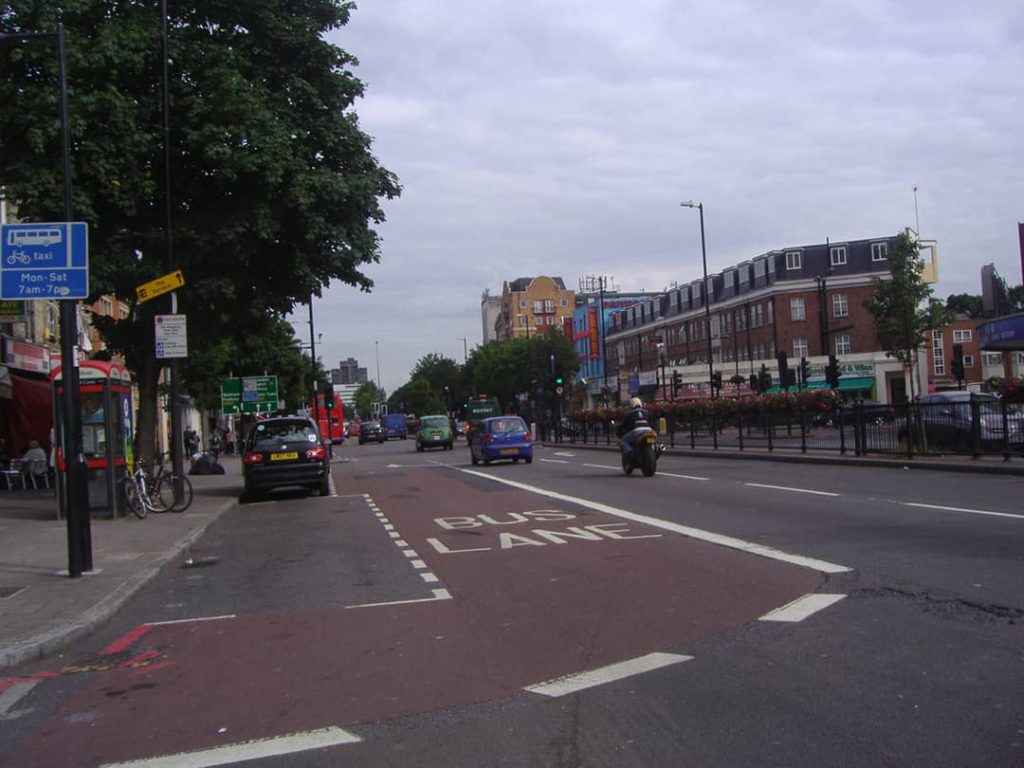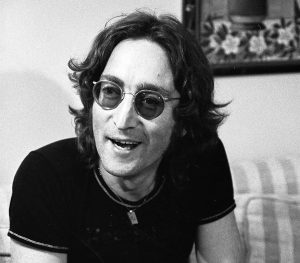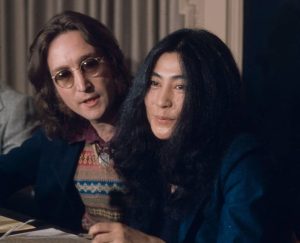
Black Power Commune
The Black House
The Black House was a cultural centre at 95-101 Holloway Road, London. Initially known as the Barter House, it was established by the black rights campaigner Abdul Malik, better known as Michael X, shortly after his release in 1968 from nine months in prison, after he was found guilty of breaching the 1965 Race Relations Act.
Controversially, the centre was established with the specific design of only allowing black people to use it. This segregationist approach would nowadays be illegal under discrimination laws, but in the London of the late 1960s, a time when discrimination against black people was still an endemic social problem in British society, it was permitted. It has further been alleged that Malik forbade members of the community using the centre to initiate sexual relationships with non-black people, a form of authoritarian enforcement of segregation that would likewise be considered outrageously discriminatory nowadays.
In establishing The Black House, Malik was funded by various wealthy supporters. One of his foremost benefactors was Nigel Samuel, who had inherited a substantial fortune from his property-developer father. Nigel had been befriended by Malik and agreed to bankroll the rental of the buildings, estimated to have cost £4,000 per annum (equivalent to £58,000 in August 2023), on an ongoing basis.
Further substantial funding for the project was procured from Beatles songwriter and guitarist John Lennon, who is said to have been accused by Malik of having profited from the commercialisation of what were originally black styles of music, prompting him out of a sense of guilt to send in a cheque for £10,000, which in 1968 was equivalent to over £145,000 in August 2023.
Lennon, together with his girlfriend Yoko Ono, continued to support the project. On the 20th January 1970, they both had their hair cut short in Denmark in the hope that this would allow them to travel under the public radar. They later donated this hair to The Black House with the intention of it being auctioned off to raise further funds.
Other white donors are said to have been targeted on the pretext that reparations should be paid by the white community to the black community for the historical enslavement of black people, a theme that has returned to the forefront of political discourse in the early 2020s.
The project also attracted a number of high-profile black donors, including boxer Muhammad Ali (1942-2016) and singer Sammy Davis Jr. (1925-1990).
In addition to renting the premises at Holloway Road, Malik had them substantially renovated and internally repainted. He hoped to create a well-equipped cultural centre including a cinema, a theatre, a restaurant and a supermarket; and this vision formed a substantial part of the basis for his fundraising appeal. A brochure issued as part of the fundraising drive emphasised the centre’s credentials as a meeting place and creative centre for young black people, with activities such as music-making and education in African history promised.
In practice, eyewitnesses report that few of the promised facilities ever materialised. Many of the funds supplied in good faith by benefactors appear to have been misappropriated by Malik and used to pay a retinue of employees, whose activities are said to have included carrying out armed robberies upon London drug dealers in order to appropriate some of their drugs and bring them to the community centre. In accordance with Malik’s Islamic beliefs, alcohol was strictly forbidden at the Black House, although cannabis was much in evidence.
In April 1970, The Black House became the centre of a police incident that would precipitate its early demise. Malik had decided to intervene in support of a young black cleaner, Leroy House, who had reported unreasonable deductions from his pay by a cleaning agency called Clean-A-Flat, which was owned by a 25-year-old Jewish businessman named Marvin Brown.
Malik, flanked by a team of his henchmen, descended on the agency premises, and demanded the payment of £3 by Brown to correct the reported underpayment to House. He seized some files belonging to the agency as a ransom bond until the £3 had been paid, then left with his strongmen, returning to the Black House.
Brown called the police, and was accompanied by some police officers to the Black House, but the officers were denied entry in the absence of a warrant, leaving Brown to enter alone while the officers waited outside. Brown then decided to pay the £3, but instead of being allowed to do this, he was subjected to a so-called ‘court proceeding’ presided over by thirty members of the Black House community. The court found him culpable by association for historical crimes against black people, and forced him to wear a spiked slave collar. They then compelled him to march around the room in order to make him experience a taste of what African slaves had experienced in the past. He was fined all the remaining cash he had on his person (£10) for involving the police, in addition to repaying the £3.
Once the £13 had been handed over, Malik unexpectedly handed him back £8 of it and gave him a signed copy of his autobiography, which he was in the habit of selling for £5, before letting him leave. This was perhaps an attempt to legitimise the transaction in the eyes of the law. Brown nonetheless reported the proceedings to which he had been subjected at the Black House to the police, who were still waiting outside. His account led to a police raid on the Black House the following week, with mass arrests of all the participants in the kangaroo court that had forced Brown to wear a spiked slave collar.
While awaiting trial on bail, Malik resigned from his involvement with The Black House. By this time, it was heavily in debt; and in the autumn of 1970, only a few weeks after he left, it was forced by its untenable financial situation to close permanently.
Malik himself fled to the West Indies early the following year, before his case came to trial, in order to evade another spell in prison.
A second, similar centre that would also become known as the Black House was opened nearby in 1971, and kept going for another five years. Run by another black community leader, Herman Edwards, it was officially named Harambee, and received funding from Islington Council, making it much more sustainable and official than the original Black House.



